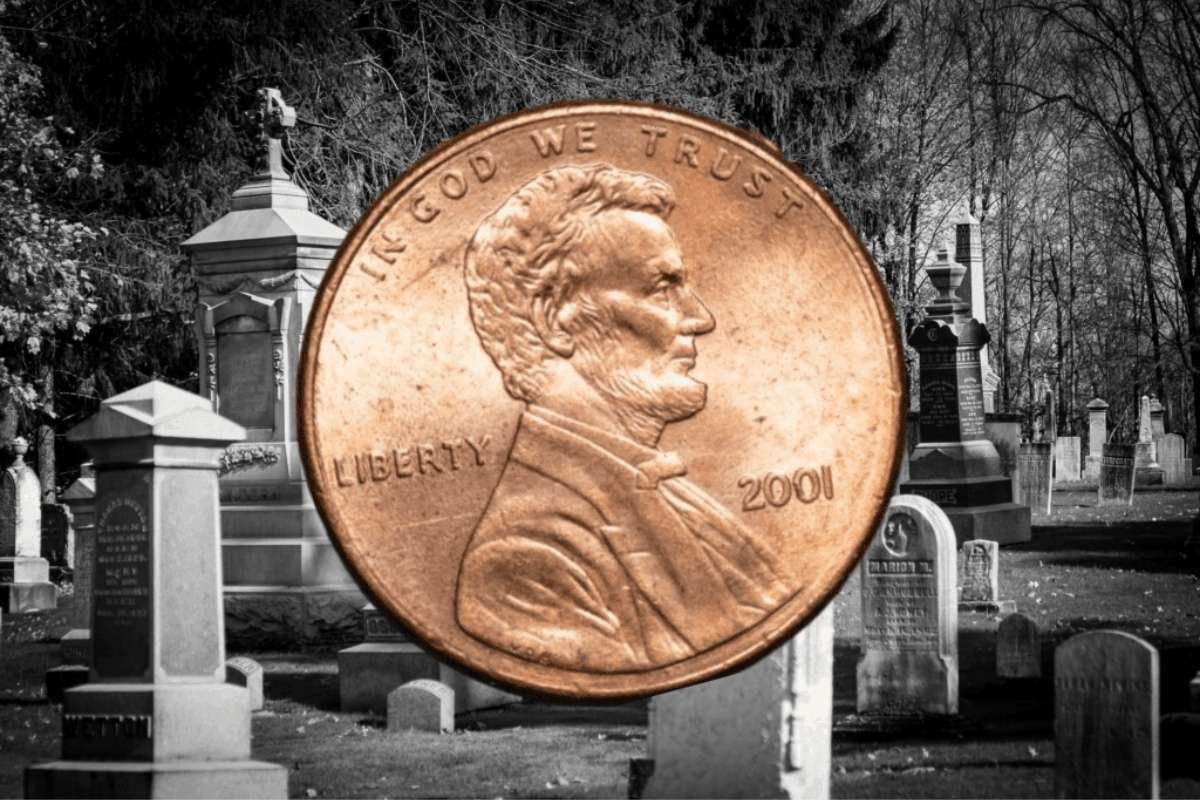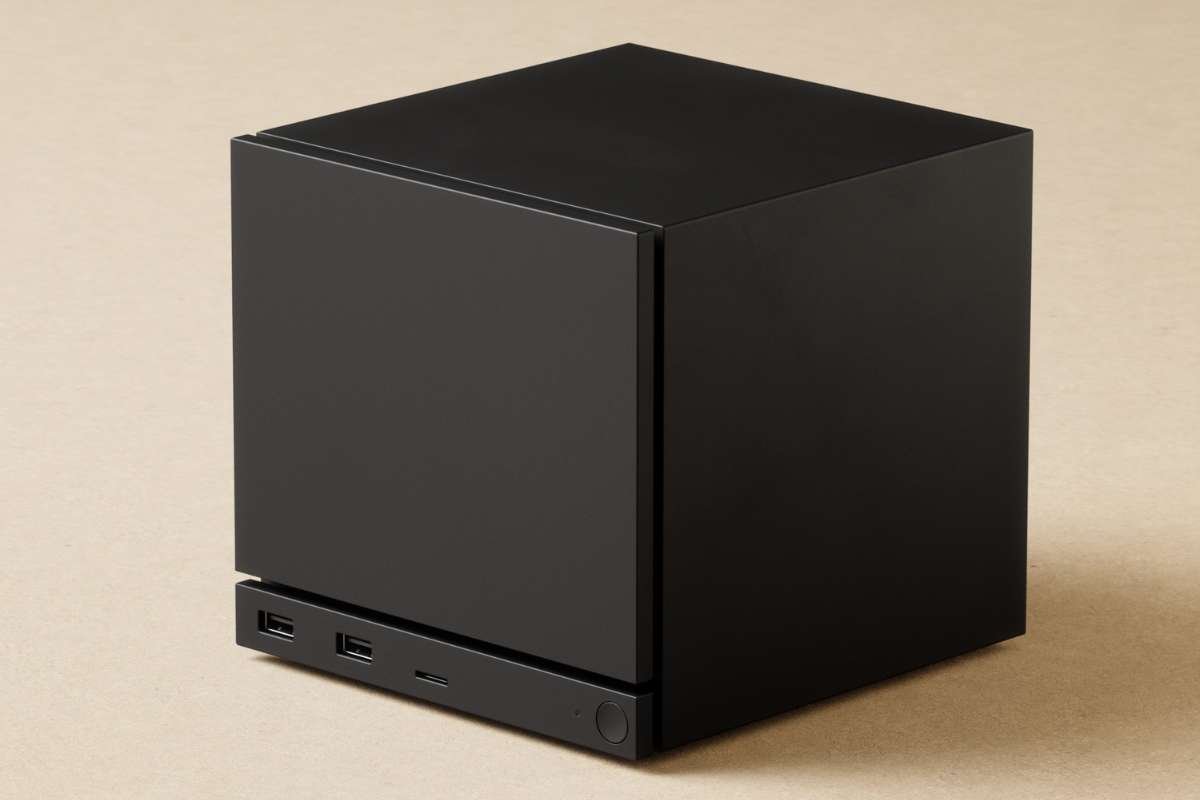Key Points:
- Tesla eyes in-car gaming with FSD rollout.
- Robotaxi pilot begins with human supervision.
- Tesla trails Waymo in autonomous tech race.
Tesla CEO Elon Musk has revealed that drivers could be playing video games while their vehicles operate in Full Self-Driving (FSD) mode within the next three to six months. In a recent response on X (formerly Twitter), Musk emphasized that the timeline hinges on gaining regulatory approval in different regions. The goal is to unlock more interactive in-car entertainment once the vehicle is fully handling driving duties.
Elon Musk also touched on the possibility of launching Tesla’s Robotaxi highly anticipated service in Chicago, noting that the city already allows autonomous ride-hailing services such as Waymo. He hinted that Tesla could roll out operations “as soon as” internal testing and safety benchmarks are met, marking another step toward Tesla’s vision of a fully autonomous transport network.
Tesla Expands Robotaxi Operations Amid Safety Questions
Tesla’s Robotaxi officially launched its Robotaxi pilot program in Austin, Texas, on June 22, 2025. The early-phase rollout operates in a geofenced area with human monitors onboard to oversee the FSD system. Although Tesla has called this phase a cautious test, early user videos showed several performance issues—such as erratic lane changes and improper stops—prompting a review by the National Highway Traffic Safety Administration.
Despite the scrutiny, Tesla is accelerating its Robotaxi hiring efforts across the U.S., including cities like Brooklyn (New York City), Miami, and states like Arizona, Nevada, and Texas. The company is hiring vehicle operators to ride along during testing and tele-operators who can intervene remotely if needed. These steps reflect Tesla’s intent to scale rapidly while still maintaining human oversight in the early stages.
Tesla executives have described their approach as “super paranoid” when it comes to safety, acknowledging that delays could occur if system reliability isn’t up to regulatory standards. Nevertheless, the company is investing heavily in logistics and infrastructure for a broader rollout.
Competitive Landscape and Market Outlook
Tesla’s Robotaxi ambitions arrive amid stiff competition. Waymo, a subsidiary of Alphabet, has already launched fully autonomous Level 4 ride-hailing services in San Francisco, Phoenix, Los Angeles, and parts of Austin—all without safety drivers onboard. In contrast, Tesla currently operates with Level 2 or 3 autonomy, relying on a camera-based vision system and artificial intelligence without LIDAR or radar support.
While Musk has promised autonomous coast-to-coast travel and in-vehicle sleeping for years, many of those milestones have faced repeated delays. With pressure mounting from both investors and regulators, Tesla’s success hinges on whether it can make good on these bold promises without compromising safety.
As the company moves toward in-car gaming and autonomous urban transport, the next six months could prove pivotal for how Tesla is perceived not just as an EV maker, but as a tech-driven mobility company.


















